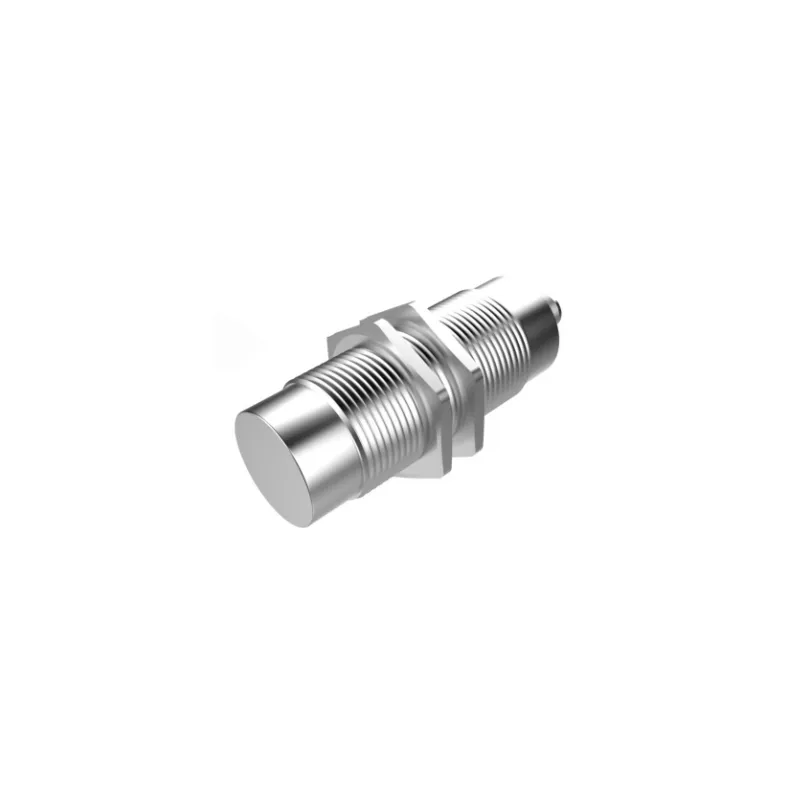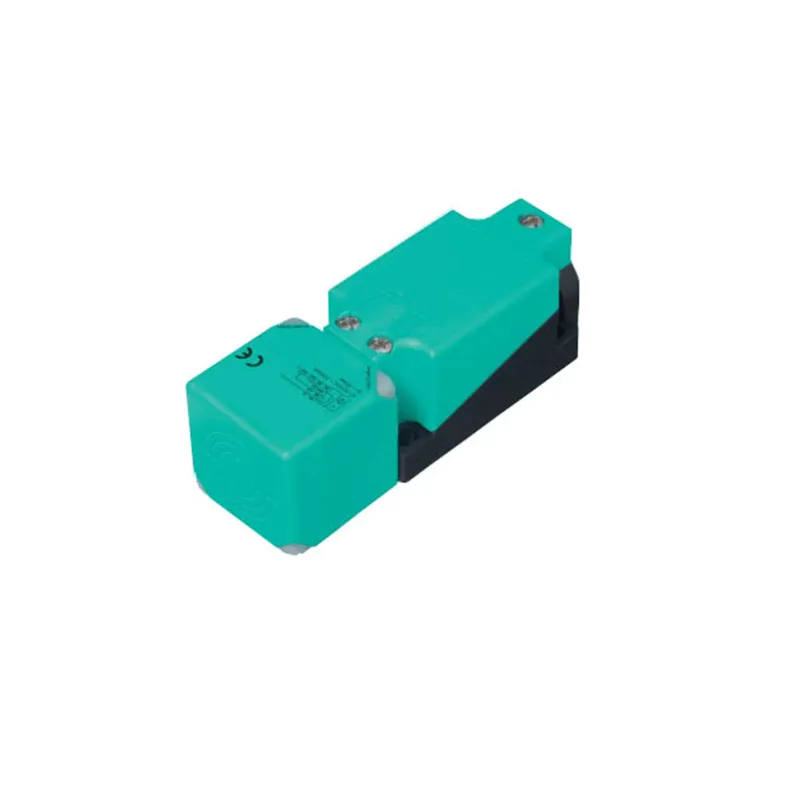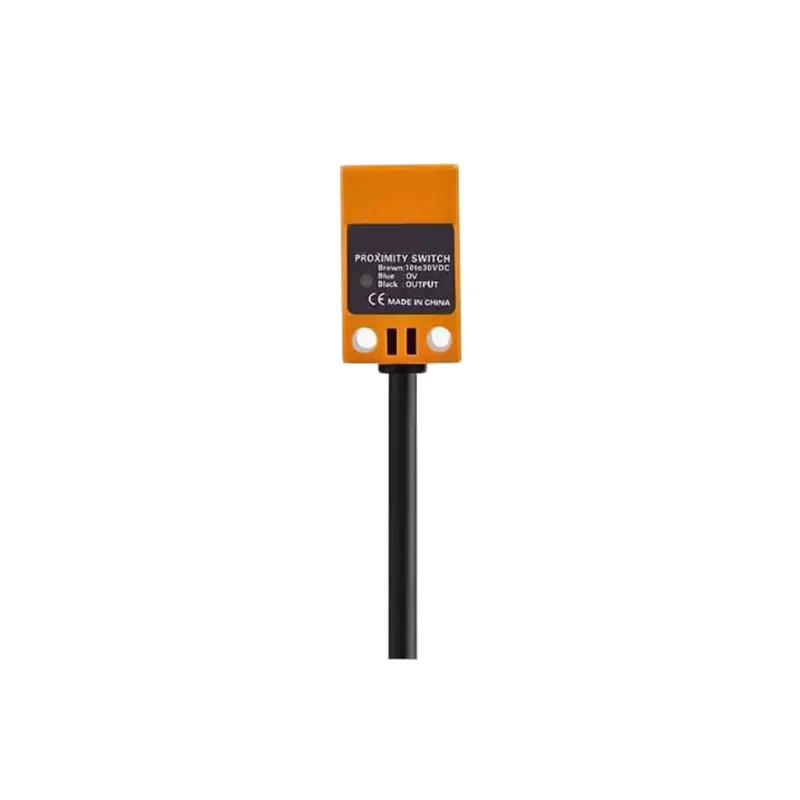Indukcijski senzori nude brojne prednosti zbog kojih su nezaobilazni u modernim industrijskim i komercijalnim primjenama. Prvo, njihovo rada bez kontakta eliminira mehaničko trošenje, znatno smanjujući potrebu za održavanjem i produžujući vijek trajanja. Ovo detektiranje bez dodira omogućuje korištenje u okruženjima u kojima bi fizički kontakt bio nepraktičan ili potencijalno štetan. Senzori osiguravaju izuzetnu pouzdanost s brzinom reakcije koja je obično u milisekundama, osiguravajući precizno i dosljedno funkcioniranje u visokofrekventnim aplikacijama. Njihova čvrsta konstrukcija čini ih izrazito izdržljivima i otpornima na vibracije, udarce te ekstremne uvjete okoline. Još jedna važna prednost je univerzalnost ugradnje i rada. Indukcijski senzori mogu se lako integrirati u postojeće sustave i zahtijevaju minimalno vrijeme postavljanja. Nude različite mogućnosti montaže i mogu raditi u ograničenim prostorima gdje bi tradicionalni mehanički prekidači bili nepraktični. Odsutnost pomičnih dijelova ne samo da povećava pouzdanost, već omogućuje i rad u prašnjavim, prljavim ili vlažnim okruženjima u kojima bi mehanički prekidači mogli prestati funkcionirati. Dodatno, mnogi moderni indukcijski senzori imaju napredne dijagnostičke i programabilne mogućnosti koje omogućuju precizno podešavanje parametara detektiranja i jednostavno otklanjanje poteškoća. Niska potrošnja energije i kompatibilnost sa standardnim industrijskim sustavima za upravljanje čine ih ekonomičnim rješenjima za automatizaciju.


